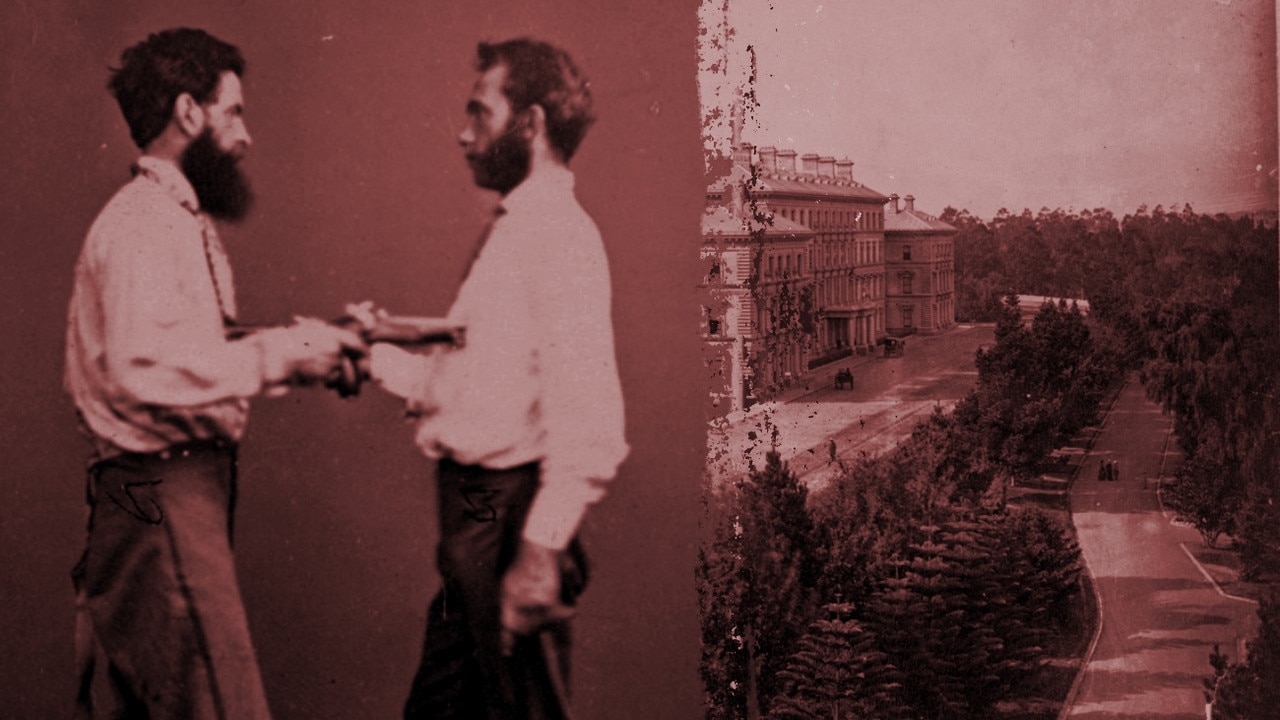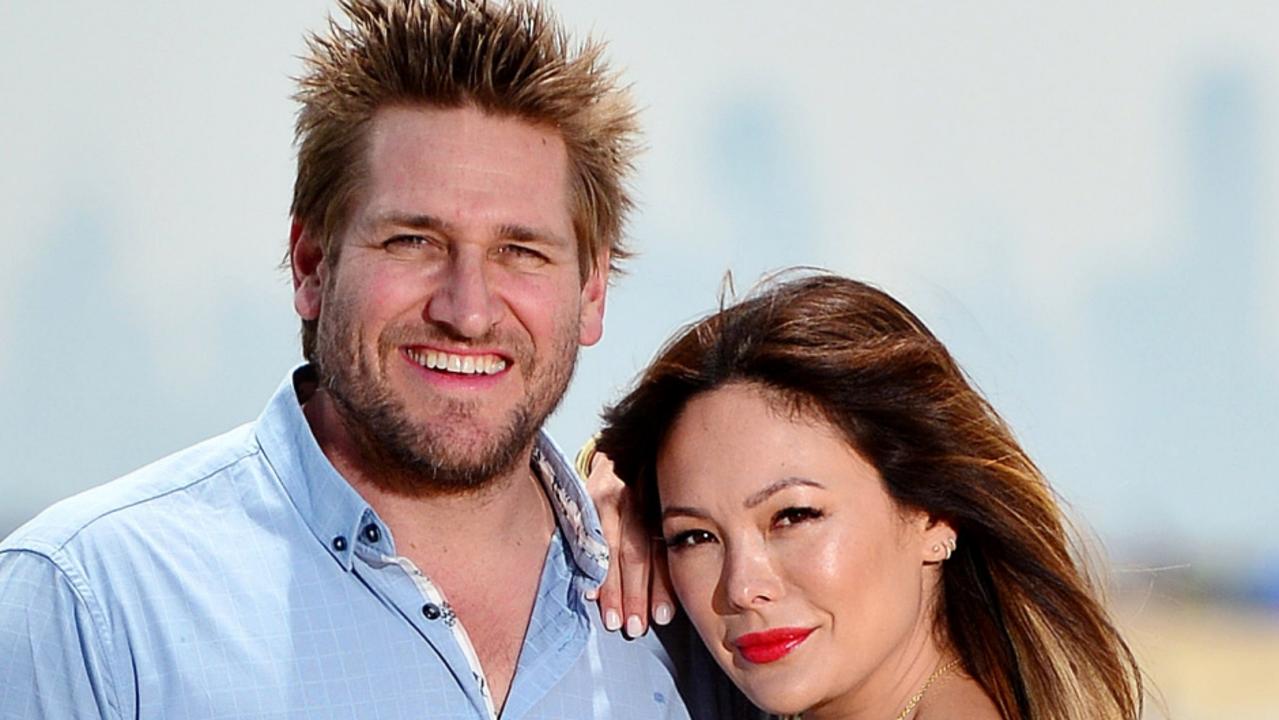Once popular retail icons lost to Victoria
THESE retail names coloured our suburbs and towns before monolithic shopping centres dominated the landscape. They may be long gone but we still remember many of them fondly.

Melbourne
Don't miss out on the headlines from Melbourne . Followed categories will be added to My News.
BEFORE monolithic shopping centres dominated the landscape, the shopping strips of our suburbs and towns were the backdrop to our lives.
Many of the famous retail names of our youth have faded. Some disappeared, while others collapsed spectacularly. But they were once the heart and soul of our communities.
MORE VICTORIAN NOSTALGIA
FORGOTTEN FOOD ICONS WE’D LOVE TO REVISIT
FADED HOUSEHOLD ITEMS THAT BRIGHTENED OUR HOMES
SUPERMARKETS
Before Coles and Woolworths had their duopoly, with bit parts played by IGA, Foodworks and the German invader Aldi, Victorians were spoiled for choice when it came to supermarkets.
Coles New World was the supermarket offshoot of the already vast empire established by G.J. Coles in 1914 and was a reference to the difference between Coles Variety Stores and the “new world” of supermarket shopping.
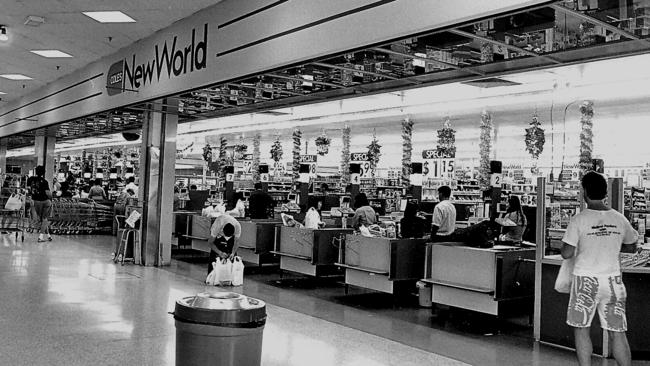
Coles had already swallowed the Dickins supermarket chain long before it set up its first “drive-in” supermarket in Balwyn North in 1960. It remains there today and was among the first 24-hour supermarkets in Victoria in the early 1990s.
But there were so many other brands around.
Safeway was very much separate to Woolworths supermarkets (the brands merged under Australian ownership in the 1980s, and each became known as “the fresh food people”) but the Safeway name survived in Victoria into the 2000s.
There were so many independent outlets vying for our weekly shopping dollar including SSW, Half-Case Warehouse, Tuckerbag, Nancarrows, Foodland and Supa Valu, to name a few.
Back in 1982, actor Maurie Fields promised that SSW would take us all to paradise — and not just with SSW’s stunning weekly specials.
And “Ugly” Dave Gray hammed it up through weekly commercials for Half Case Warehouse — but the ham wasn’t on special in this 1985 ad.
Franklins No Frills, where shoppers were asked to pack their own groceries so they could cut the prices, and the familiar black-and-white home-brand products of Jewel Food Barn, were gradually bought out, with Coles and Woolworths each taking some of the former Franklins stores.
Coles discount outlet Bi-Lo was established in the late 1980s but was eventually rebranded under the Coles name. While it was operating, the Bi-Lo marketing bods took the discount look very seriously.
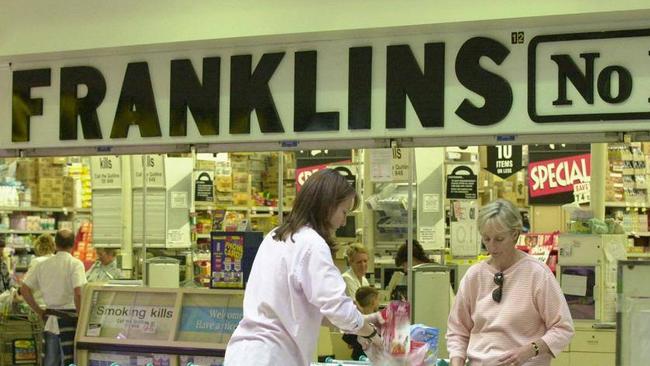
EATING OUT
McDonald’s and KFC, local versions of successful US brands, have proved they’re here to stay but many other American fast food brands failed to make the grade in Melbourne.
“When the hungries hit, come to the Red Barn,” Melburnians were once urged.
This was a burger and chicken chain originated in Ohio in the 1960s and was brought to Australia by the Spotless group. By the early ‘70s, Spotless sold its 12 Melbourne outlets to McDonald’s as it began its Australian onslaught.
THE BIG AUSTRALIAN BRAND IDEAS THAT BOMBED
HOW AUSTRALIA’S BEST LOVED FOODS WERE BORN
In the early 1970s, Hartee’s was a popular American-style burger joint with the slogan “Hurry on down to Hartee’s” where, it was promised, the burgers were barbecued.
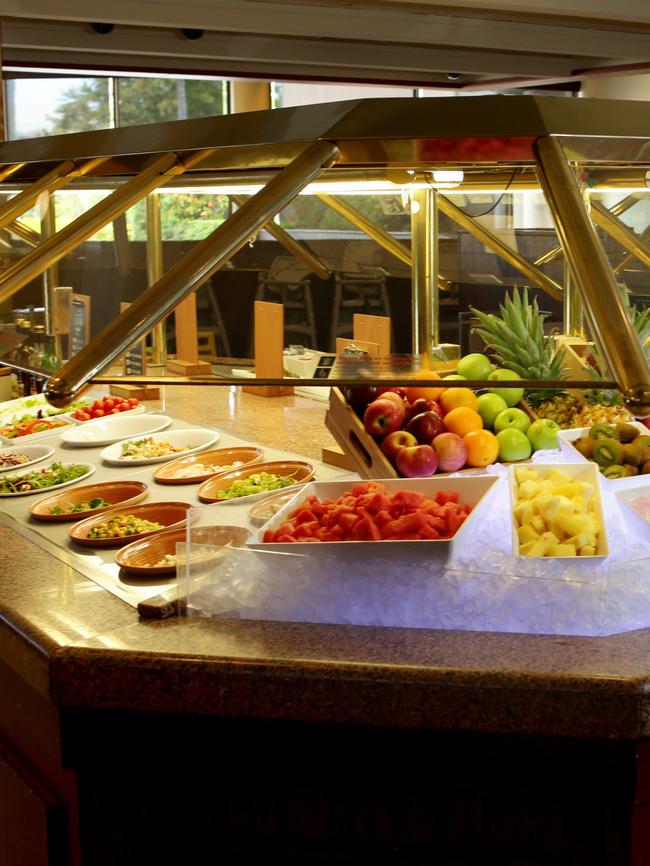
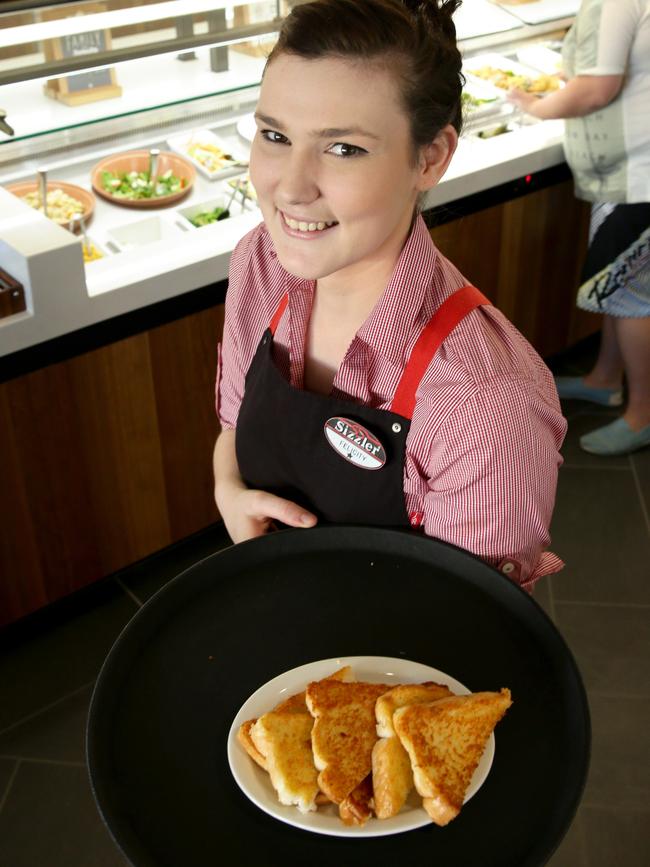
The American food giant Kellogg’s, quite separately from its Australian arm, and the US Hardee’s restaurant chain combined to establish Hartee’s, with grand plans for 100 Australasian stores, but its 17 outlets in NSW and Victoria were already haemorrhaging cash when a current affairs program revealed an extraordinary number of empty dog food cans in a bin at the back of a Sydney Hartee’s outlet. The chain closed almost overnight in July 1975.
Wendy’s Hamburgers and Denny’s entered the market by the early ‘80s but neither lasted the distance.
And then there’s Sizzler, that family-friendly bistro with steak, salad, pasta and dessert bars and a cheesy garlic toast that was out of this world.
Sizzler spread like wildfire across Victoria in the 1980s but by the end of the century, the dream had died. One restaurant remains in Sydney, nine are in Queensland and four are still running in Perth.
Bistro-style dining at The Keg kept the Canadian flag flying here in Melbourne for a while.
There were plenty of local offerings too.
Ollie’s Trolley was known in Melbourne and regional Victoria for its fabulous fried chicken but another chicken-related franchise from the US state of Kentucky grabbed control of the fryers by the early 1990s.
Barnacle Bill’s fish and chips are long gone from Victoria, but are still a thing in Adelaide.
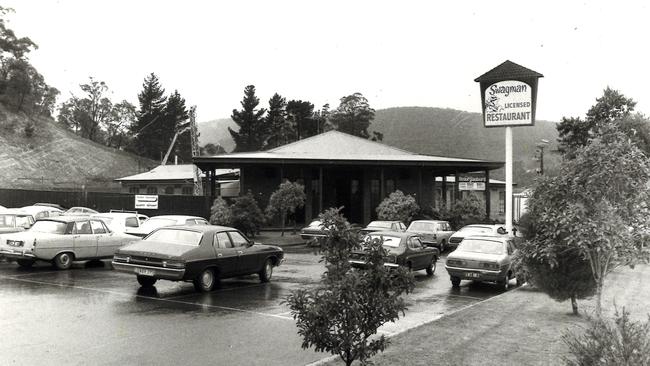
Smorgy’s and Island Trader chain kept the smorgasbords coming. Rob’s Restaurants was a classier bistro affair, and The Swagman and Rembrandt’s had you covered if you craved dinner and a floorshow.
Here’s how Rembrandt’s looked in 1982:
Dial-A-Dino’s Pizza was one of the first to home deliver pizzas back in the mid-‘80s, but it’s still the one and only firm to do so in little yellow cars with a big, illuminated phone receiver on the roof.
AROUND THE HOUSE
Who didn’t accompany the olds on a trip to McEwan’s or their cut-priced offshoot Magnet when they were kids?
Before Bunnings and their ubiquitous sausage sizzles, McEwan’s was one of the leading hardware chains back in the day.
The NSW-based chain Hardwarehouse, owners of smaller companies like BBC Hardware, bought out Victorian McEwan’s and an SA hardware chain in 1993 with big plans for expansion.
Wesfarmers then swooped on it and began to roll out Bunnings Warehouse nationally. The first Victorian Bunnings Warehouse opened in Sunshine in 1994.
When it came to whitegoods and appliances, great Melbourne names like Billy Guyatts, Mighty Muirs and Clive Peeters came to mind.
Clive Peeters started out in Ringwood in 1973 and grew to 25 locations before an internal fraud involving $20 million weakened the firm beyond repair. It was absorbed into the Harvey Norman chain in 2011.
Billy Guyatts stores seemed to be in most suburbs up until the 1990s when, along with Chandler’s, it was sold to Harvey Norman in 2000.
Mighty Muirs, a family business that started with one shop in Essendon North in 1952, and rode high in prosperous post-war Melbourne as demand for consumer appliances rose. Mighty Muirs rebranded as The Good Guys in the 1990s. After 64 years of family ownership, the business sold to JB Hi Fi for $870 million.
There was a time when electronics nerds had 350 Tandy Electronics stores around Australia. My local, where I bought my first Nintendo game, Donkey Kong, was in a shopping strip that had little more in it that a bakery, a fish shop and a milk bar.
Their amazing catalogues alone were worth waiting for, with every piece of 1970s and ‘80s techno-wizardry we geeks could imagine. Sadly, they were swallowed by the Woolworths-owned Dick Smith, which ran into troubles of its own.
Three city retailers of yesteryear had very different product lines but still have a nostalgic charm.
Hocus-pocus fans adored Bernard’s Magic Shop in Elizabeth Street, Melbourne’s home of magic for decades. It shifted to West Melbourne in 2015 and closed its doors in its 80th anniversary year in 2017, but maintains an online presence.
Not far away, Lindsay Hassett’s Sports Store kept sports fans in equipment for many years. The former Test cricketer was well known for his cricket gear but he catered for most sports.
Down where the City Square now stands was Tim the Toyman, a shop that delighted generations of Melbourne kids. While the original shop made way for the City Square development in the 1970s, Tim the Toyman has an online presence these days.
Two home furnishing brands became famous through their iconic advertisements in the 1980s, but both are gone today.
Saba Furniture boasted free delivery across Victoria, NSW and South Australia, 15 acres of furniture in various shades of brown and an encounter with resident cockatoos Dave and Mabel at its landmark Dandenong site.
And beloved GTV9 showman Peter Smith kept the punters coming to Copperart (later, Homeart) for many years with his enthusiasm for faux brass and copper. Homeart disappeared despite a rebranding campaign in 2010.
Coming up: Part two — the department stores, fashion retailers and music shops we remember.

